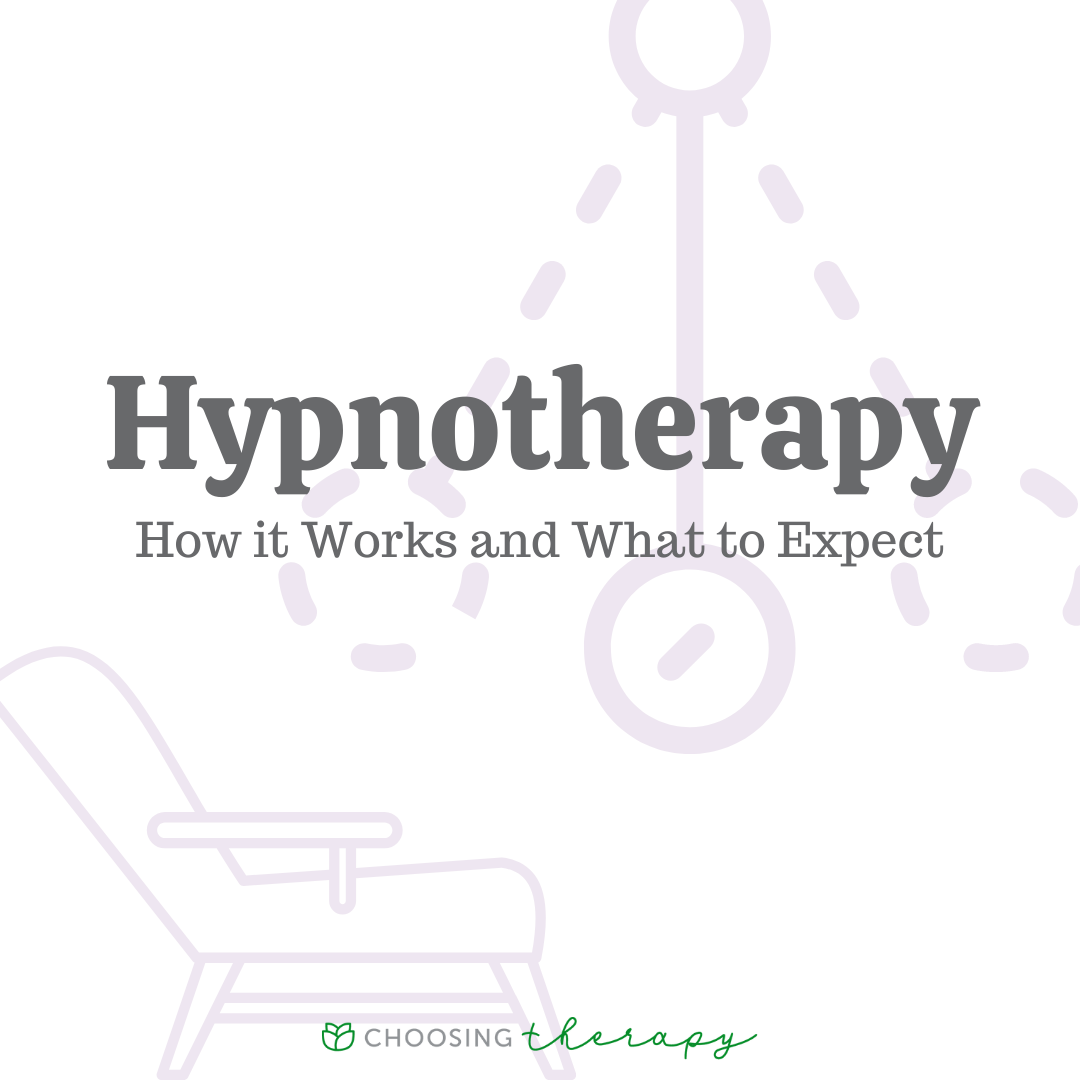
The effective treatment of chronic pain with hypnosis is a way to decrease it and improve your life quality. Although it's not a "cure", hypnosis can help with chronic pain and manage symptoms to improve your quality life. According to the National Center for Biotechnology Information NCBI (National Center for Biotechnology Information), hypnosis, which is a natural state within the brain, has many benefits for sufferers of pain. Here's how it operates:
First, hypnosis has the ability to reduce pain. In fact, it can modify pain in two aspects: the intensity and frequency of the sensation, as well as the physical and emotional components. It is also an excellent way to improve your sleeping quality and general well-being. Although it may seem like a small change, it can make a big difference in your life and improve your quality of living. Hypnosis can help with headaches and chronic back pain.

Pain hypnosis helps you to get rid of your pain by changing the way you react to it. It can also help you feel more confident and less afraid of suffering from pain. By focusing on breathing, you can learn how to handle your pain. The amount of oxygen your brain gets will naturally increase. A therapist can help with this. You can also learn how to use hypnosis to manage pain and improve your quality of life.
A common method for pain hypnosis is to focus on a specific area of the body. Although it may seem daunting, this is a great way of relieving the pain associated with a condition. It is an effective solution for patients who have not been able to find a permanent solution. During the hypnosis session, the patient focuses on their foot, and starts dissociating from the body parts.
Patients who received pain hypnosis sessions had significantly reduced pain after four weeks. Patients in the controlled group didn't experience any improvement in pain intensity over the following three months and six years. The researchers also found that hypnosis is a great treatment for pain. The placebo control condition proved to be as effective as the randomized controlled trial.

Participants can receive a variety of suggestions during pain hypnosis. Although they cannot eliminate all pain, hypnosis can make it more pleasant. Focused Analgesia is the most common treatment for pain. It involves the patient paying attention to the area that is affected. Patients will notice a decrease in pain and feel more comfortable when this is done. Patients suffering from chronic pain have also reported that hypnosis improves their quality-of-life.
FAQ
Which are the top 10 foods you should eat?
These are the 10 best foods you can eat:
-
Avocados
-
Berries
-
Broccoli
-
Cauliflower
-
Eggs
-
Fish
-
Grains
-
Nuts
-
Oats
-
Salmon
Do I need to count calories
You might be asking "What is the best diet?" or "is counting calories necessary?" The answer is dependent on several factors like your current health status, personal goals, your lifestyle, and your preferences.
The Best Diet for Me - Which One is Right For You?
My personal health, goals and preferences as well as my lifestyle determine which diet is best for me. There are many different diets, some good and some not so good. Some diets work well for some people and others do not. So what should I do? How can I make the best decision?
These are the main questions addressed by this article. It begins with an overview of the different diets today. Then we will discuss the pros & cons of each kind of diet. The final step is to determine which one is right for you.
Let's first take a look at different diets.
Diet Types
There are three main types: low-fat, high-protein, or ketogenic. Let's briefly discuss them below.
Low Fat Diets
A low-fat diet reduces the amount of fats you eat. This is accomplished by decreasing the intake of saturated fats such as butter and cream cheese. These fats can be replaced with unsaturated fats like avocados and olive oil. People who are looking to lose weight quickly and easily will benefit from a low-fat diet. This diet can cause problems such constipation as heartburn, indigestion, and even stomach pain. In addition, it may lead to vitamin deficiencies if a person doesn't get enough vitamins from their food.
High Protein Diets
High protein diets reduce carbohydrates to favor of proteins. These diets often have higher levels of protein than most other diets. They are meant to help build muscle mass and burn more calories. However, they might not provide enough nutrition for those who need to eat frequently. They are also very restrictive, so they might not be appropriate for everyone.
Ketogenic Diets
Ketogenic diets also go by the name keto diets. They are high on fat but low in carbs and proteins. They are typically used by athletes and bodybuilders because they allow them to train harder and longer without getting tired. They do require strict compliance to avoid any side effects like fatigue, headaches, nausea, and headaches.
How can I tell what is good for me?
Your body is your best friend. Your body knows best when it comes to how much exercise, food, and rest you need. It's important to pay attention to your body so you don't overdo things. Listen to your body and make sure you're doing everything you can to stay healthy.
Statistics
- In both adults and children, the intake of free sugars should be reduced to less than 10% of total energy intake. (who.int)
- Extra virgin olive oil may benefit heart health, as people who consume it have a lower risk for dying from heart attacks and strokes according to some evidence (57Trusted Source (healthline.com)
- WHO recommends reducing saturated fats to less than 10% of total energy intake; reducing trans-fats to less than 1% of total energy intake; and replacing both saturated fats and trans-fats to unsaturated fats. (who.int)
- According to the Physical Activity Guidelines for Americans, we should strive for at least 150 minutes of moderate intensity activity each week (54Trusted Source Smoking, harmful use of drugs, and alcohol abuse can all seriously negatively affect your health. (healthline.com)
External Links
How To
What does "vitamin" actually mean?
Vitamins are organic compounds found naturally in food. Vitamins allow us to absorb nutrients from food. Vitamins are not made by the body, so they must be obtained through food.
There are two types of vitamins: water soluble and fat soluble. Water-soluble vitamins dissolve in water easily. These include vitamin C (thiamine), Vitamin B1 (riboflavin), Vitamin B2 (riboflavin), Vitamin B3 (niacin), Vitamin B6 (pyridoxine), Vitamin C, B1 (thiamine), Vitamin B2 (riboflavin), Vitamin B3 (niacin), and Vitamin B6 (pyridoxine). The liver and fat soluble vitamins are stored within the liver and in fatty tissue. These include vitamin D, E and K, as well as beta carotene.
Vitamins are classified according their biological activity. There are eight major categories of vitamins.
-
A – Essential for normal growth, and the maintenance of good health.
-
C - vital for proper nerve function, and energy production.
-
D – Essential for healthy teeth, bones and joints
-
E is necessary for good vision, reproduction.
-
K – Required for healthy nerves & muscles.
-
P - Essential for strong bones and teeth.
-
Q - aids digestion and absorption of iron.
-
R - necessary for making red blood cells.
The recommended daily intake (RDA), of vitamins varies with age, gender and physical condition. RDA values are set by the U.S. Food and Drug Administration (FDA).
For adults aged 19 and older, the RDA for vitamin B is 400 micrograms daily. Because it is essential for the development of the fetus, pregnant women should consume 600 micrograms per daily. Children ages 1-8 require 900 micrograms per day. For infants younger than one year, 700 micrograms are required daily. However, this number drops to 500 micrograms each day for children aged 9-12 months.
Children between the ages 1--18 years old who are overweight or obese require 800 micrograms per Day, while those who are overweight or obese need 1000 micrograms. To meet their nutritional needs, children underweight and obese require 1200 micrograms a day.
Children between 4 and 8 years old with anemia will need 2200 micrograms daily of vitamin C.
2000 micrograms per person is necessary for general health. Breastfeeding or pregnant women require 3000 micrograms per daily due to higher nutrient demands.
Adults over 70 need 1500 micrograms daily, as they lose 10% of their muscle every ten years.
Women who are pregnant and lactating need more nutrients than the RDA. Pregnant and breastfeeding women require 4000 micrograms each day during pregnancy and 2500 Micrograms each day after delivery. Breastfeeding mothers need 5000 micrograms per day when breast milk is being produced.